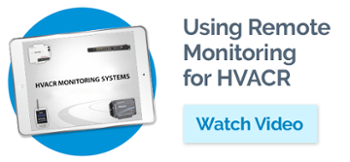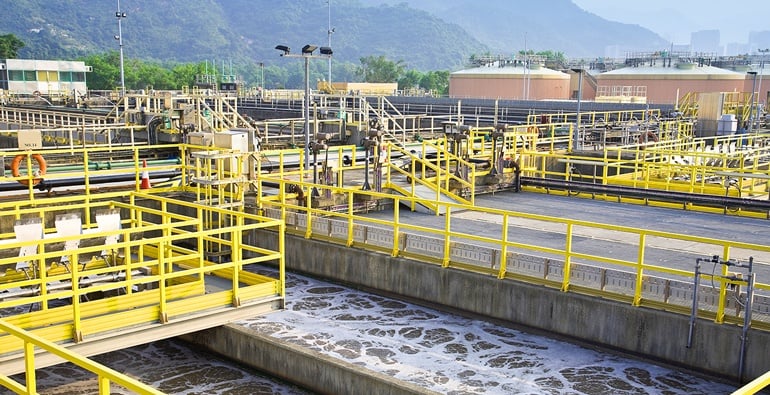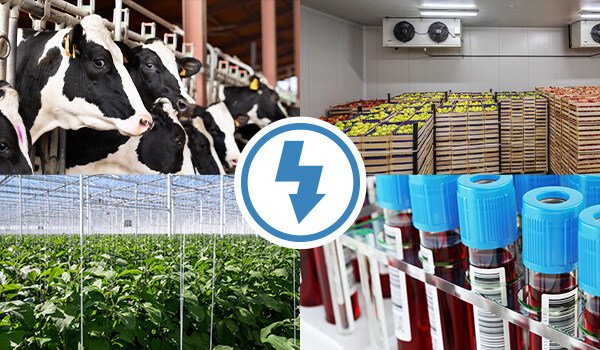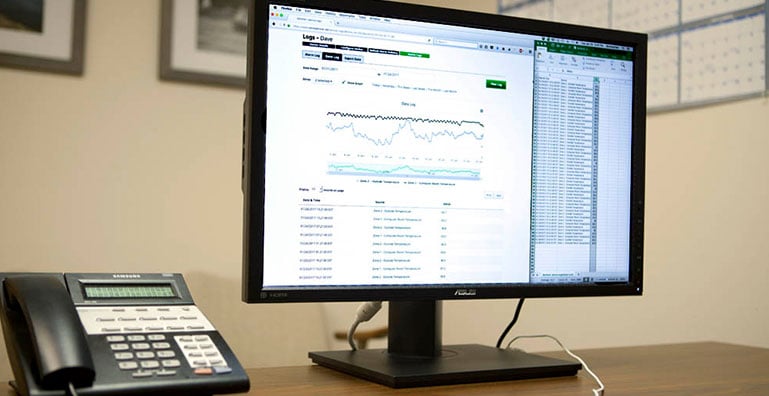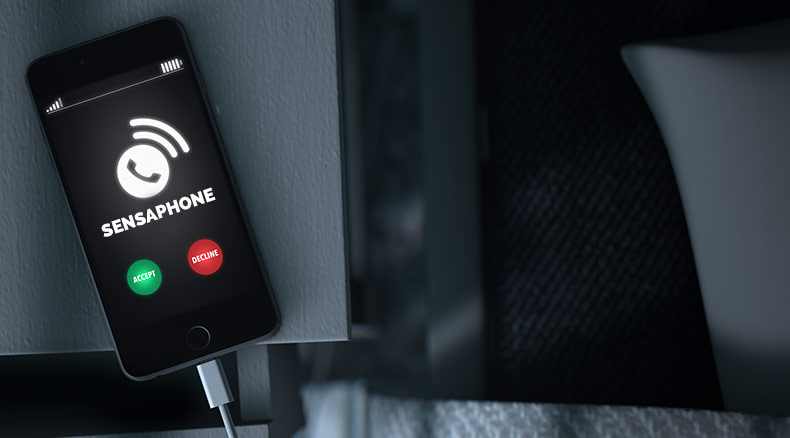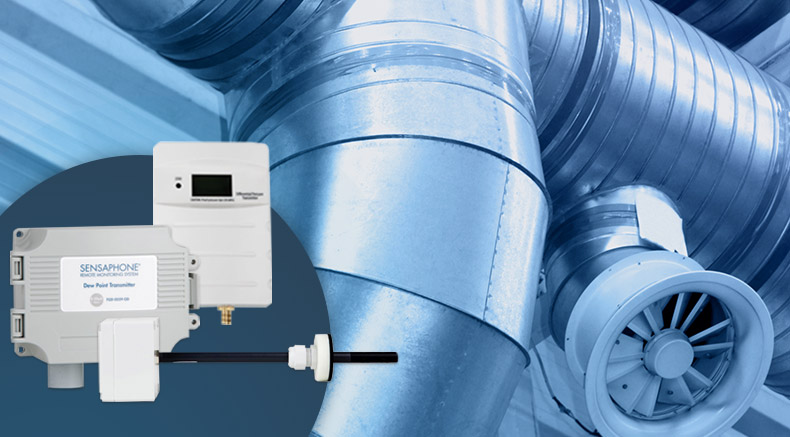
For many years Sensaphone's remote monitoring systems have been able to connect with sensors to monitor vital environmental and operating conditions in HVAC systems. Conditions like temperature, humidity, power failure, water leaks, and equipment failure can all play a part in creating a comfortable environment. Using an environmental monitoring system allows users to remotely view their monitored conditions and receive alarms via the built-in autodialers.
We also offer sensors that can measure airflow in ductwork, differential pressure in ducts and rooms, and dew point. All of these sensors can be used with any Sensaphone HVAC remote monitoring device that accepts a 4-20 mA input signal.
Duct Mount Air Flow Transmitter
 When used with a Sensaphone system, this sensor measures the rate of airflow and alerts users when conditions fall outside of the preset threshold. The transmitter monitors the presence or absence of cool moving air and measures relative airflow from 0-16 meters per second. It is especially useful for monitoring air conditioning in ducts.
When used with a Sensaphone system, this sensor measures the rate of airflow and alerts users when conditions fall outside of the preset threshold. The transmitter monitors the presence or absence of cool moving air and measures relative airflow from 0-16 meters per second. It is especially useful for monitoring air conditioning in ducts.
Differential Pressure Sensor
This sensor measures air pressure in two areas and indicates if there is a difference between the readings. This sensor is ideal for applications where a specific pressure differential must be maintained 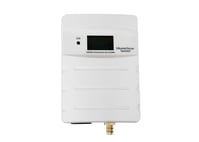 to prevent a vacuum upon opening a door that could pull dust or other pollutants into the space. The sensors are also used in air handlers. The sensor is sold with a kit that allows measurements to be be taken in ductwork or an attractive wall mount kit to measure ambient room pressure.
to prevent a vacuum upon opening a door that could pull dust or other pollutants into the space. The sensors are also used in air handlers. The sensor is sold with a kit that allows measurements to be be taken in ductwork or an attractive wall mount kit to measure ambient room pressure.
Dew Point Sensor
This sensor measures the temperature that the humidity in the air will condense and turn into dew. Dew point is critical in dehumidification systems that remove the moisture in environments like manufacturing plants. It is also crucial in refineries that require dry air because moisture breeds fouling of sensors and actuators and promotes rusting. The sensor comes enclosed in a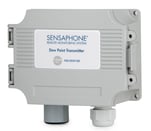 weatherproof enclosure that is suitable for use in outdoor environments.
weatherproof enclosure that is suitable for use in outdoor environments.
HVAC Applications
These sensors can be used to monitor conditions in:
- Cooling towers
- Air- and water-cooled chillers
- Air handlers
- Refrigeration units
- Power generators
- Control rooms
- Office environments
- Data centers
More than just an Auto Dialer
The main purpose of monitoring these conditions is to receive a notification when any condition goes out of the normal range. These alarm notifications enable you to take action before damage occurs. Most quality monitoring systems also let you check your system remotely to see real-time status data from internet-connected devices.
Once connected, you can also collect data from all the sensors. This data logging feature is great if you are the one responsible for keeping tabs on your systems and need proof everything was working ok. Sensor readings are securely archived and readily available from anywhere via cloud-based storage. It is fast and easy to print, graph or export accurate historical records, creating an audit trail of all user data activities, edits or deletions.
Other sensors for HVAC applications
- Air quality sensor
- Humidity sensor
- CO2 sensor
- Carbon monoxide sensor
- Vibration sensor
- Smoke detector sensor
- Water detector sensor
- Infrared motion detector sensor
- Temperature sensor
- Immersion temperature sensor
- Float level sensor
Read HVAC Remote Monitoring Systems Improve Facility Management to learn more about how sensors and remote monitoring can help with proactive maintenance and prevent HVAC equipment malfunctions or failures.
Contact one of our remote monitoring specialists today to discuss your specific needs at 877-978-1746.

